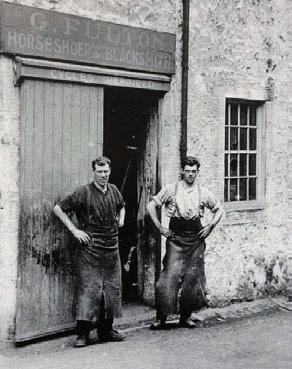local community, local life ...............
Plans published for two temporary cycling routes in Renfrewshire Detailed designs for two new temporary cycling routes from Howwood to Paisley and Bridge of Weir to Houston have been published by Renfrewshire Council. They are the first of a series being introduced on key commuter routes to encourage people to cycle for essential journeys to and from work and school, for exercise and to visit local shops during the Coronavirus pandemic. Each route is funded through the Scottish Government Spaces for People programme and supported by Sustrans Scotland. A summer survey shaped design of the 35-minute, 10km cycle between Howwood and Paisley, which passes St Anthony’s Primary School, Johnstone Train station and through Elderslie, before connecting with National Cycle Route 7 into Paisley town centre. And the Bridge of Weir to Houston route has been brought forward following a request from Houston Community Council to provide a safe cycling option between the two villages. The 10-minute cycle along Houston Road includes a combination of existing pavement converted into a shared use route for pedestrians and cyclists and on-road cycling, finishing in Houston outside Gryffe High School. Letters have been issued to residents, schools, businesses and communities on each route detailing the plans and asking for any feedback to shape the final plans, with the routes to be installed in early 2021. Councillor Cathy McEwan, Convener of Renfrewshire Council’s Infrastructure, Land and Environment Policy Board, said: “Cycling brings so many benefits for our wellbeing and for our environment and these two new routes will encourage more people to cycle and wheel for essential journeys during the Coronavirus pandemic. “Both routes have been carefully considered, with parking and access maintained for local shops, and over four weeks we are engaging with local residents, businesses, schools and communities, sharing the developed designs and listening to feedback to improve and adjust each route to ensure they are welcomed and well-used.” [CONTINUED ON PAGE 44]
42















